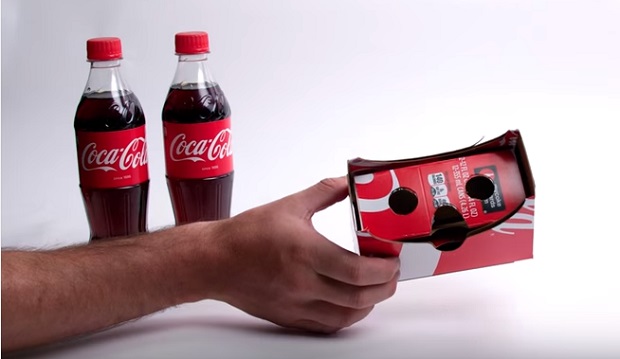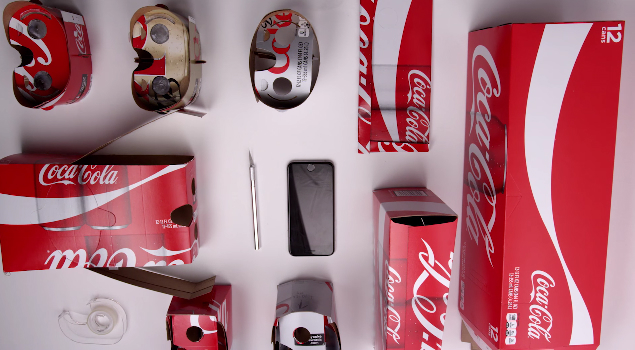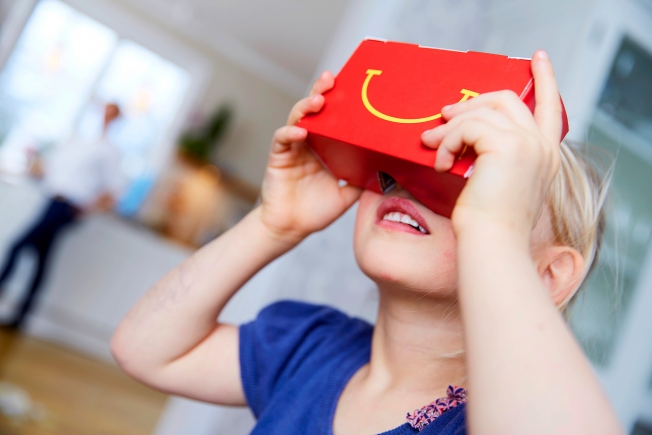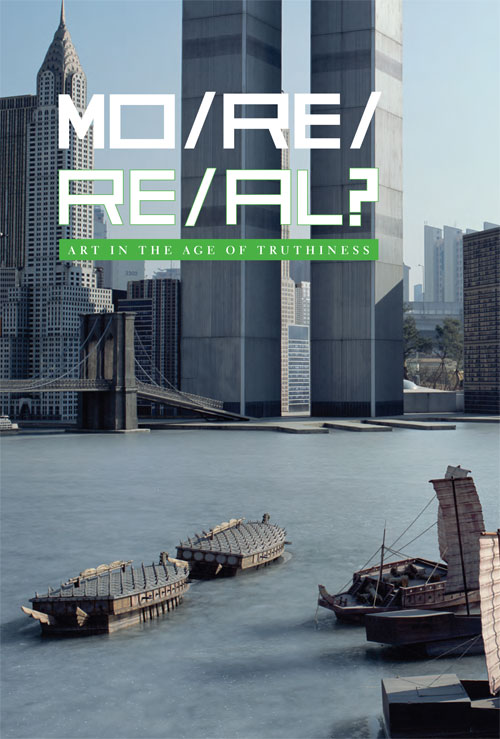Compared to it's original version where the wearer was limited to rotating their head and to remain seated while using either a console controller or keyboard, the newest version now has infrared (IR) sensors which allow the wearer to be able to move within the virtual world within the confines of the room they're using the HMD in. There are also optional Oculus Touch controllers allowing wearers to also interact with objects in the virtual world.
The third competitor in VR HMDs this year is the PlayStation VR. Sony's interest in head-mounted technology dates back in the 1990's, in 1997 the Glasstron was in the US markets. It had 2 LCD screens and 2 earphones for video and audio was the first. So in a sense, this HMD is its successor. The PlayStation VR has 9 positional LEDs on its surface so the PlayStation camera can capture the 360 head movements. In some events, this HMD will require the PlayStation Move controllers. Its official release will be October this year.




























